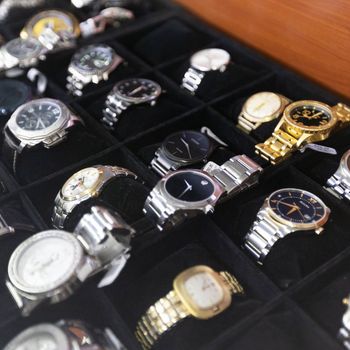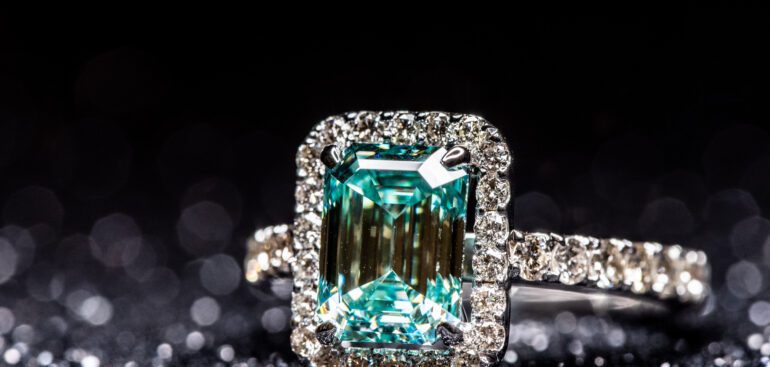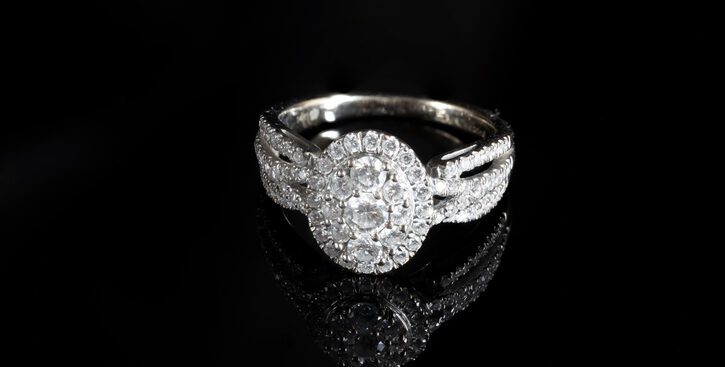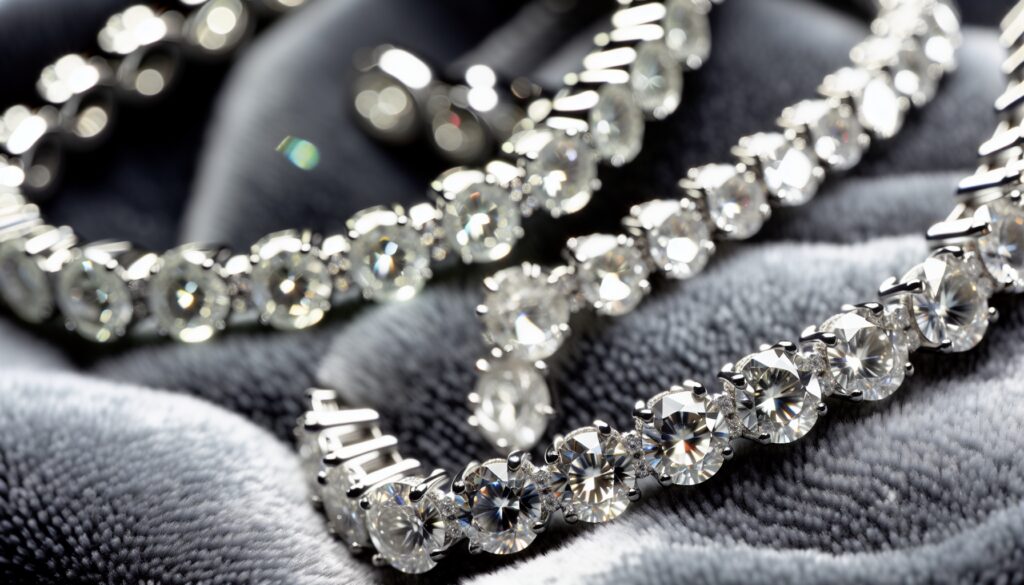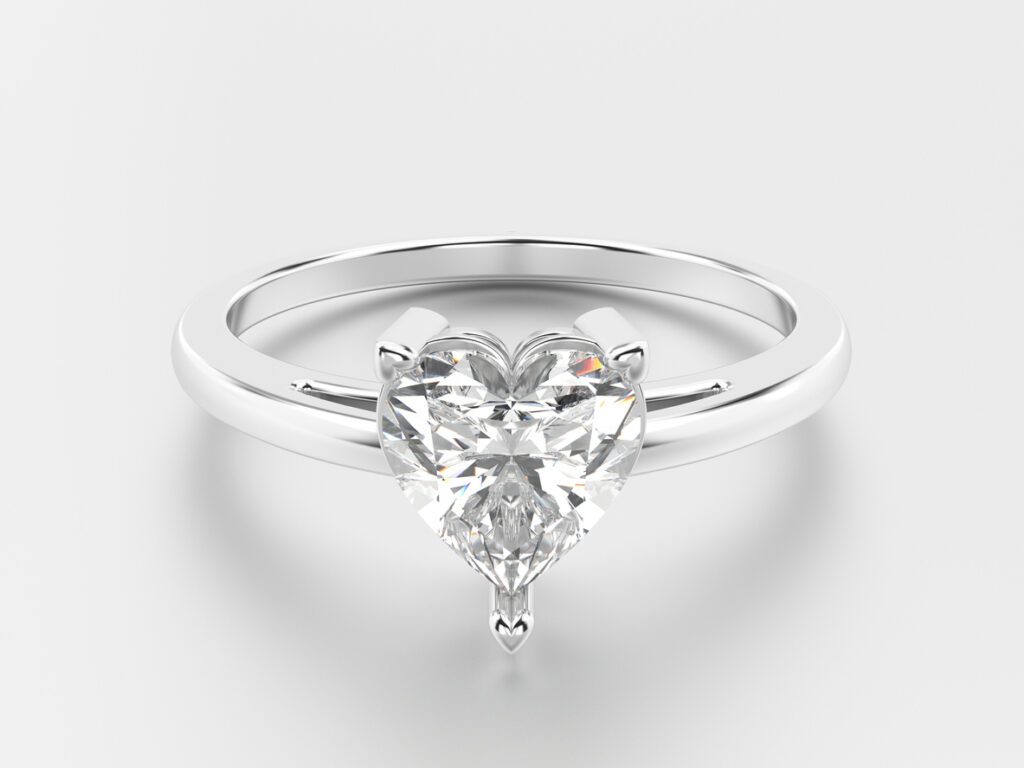Buying a pre-owned luxury watch can be an exhilarating experience, filled with anticipation and excitement. However, it also comes with its own set of challenges and considerations. This comprehensive guide aims to equip potential buyers with the knowledge and confidence needed to navigate the pre-owned luxury watch market successfully.
Understanding the Pre-Owned Luxury Watch Market
The pre-owned luxury watch market has seen a significant surge in popularity over the past few years. As more individuals appreciate the craftsmanship and heritage of luxury timepieces, the demand for pre-owned watches continues to grow. This trend is not merely a passing fad; it reflects a broader shift in consumer preferences towards sustainability and value. In a world increasingly focused on environmental consciousness, purchasing pre-owned items, including luxury watches, aligns with a more sustainable lifestyle. By opting for pre-owned watches, consumers are not only saving money but also reducing waste and minimizing the carbon footprint associated with the production of new goods.
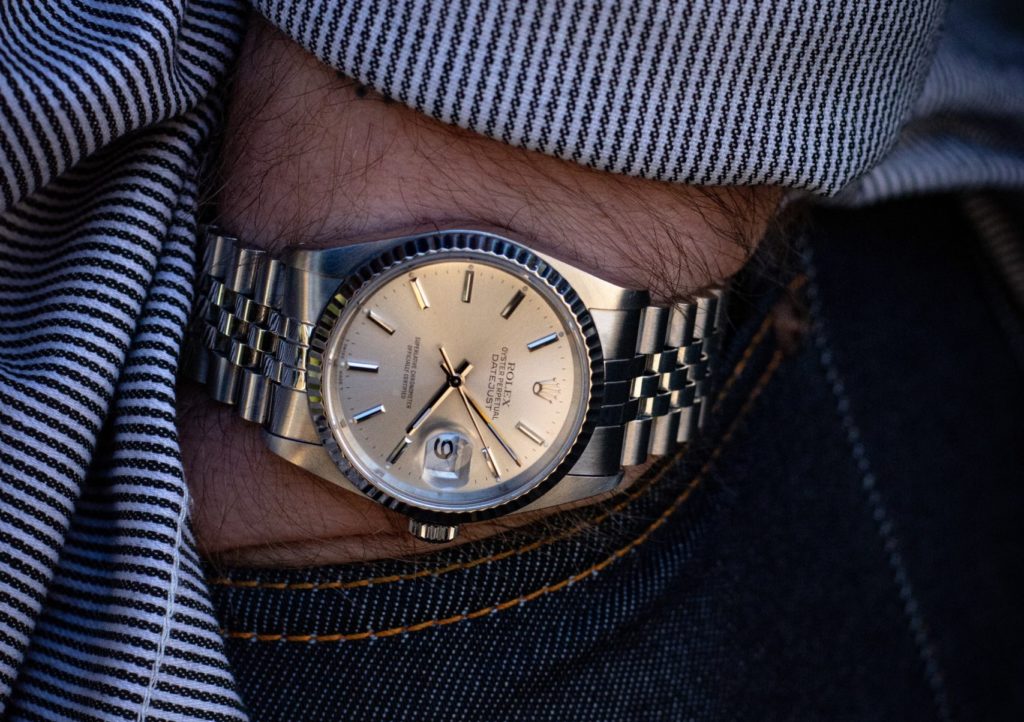
Luxury watches often retain their value better than many other consumer goods, making them an attractive investment. Understanding the nuances of this market is essential for anyone looking to make a purchase. Factors such as brand reputation, model rarity, and market demand can all influence the price and desirability of a pre-owned timepiece. Additionally, the condition of the watch, including any modifications or repairs it may have undergone, plays a crucial role in determining its market value. Buyers are encouraged to do thorough research and seek expert opinions to ensure they are making informed decisions when entering this intricate market.
Why Pre-Owned Watches Are Worth Considering
There are numerous reasons to consider purchasing a pre-owned luxury watch. One of the most compelling factors is the potential for significant savings. A pre-owned watch can often be acquired for a fraction of the retail price, allowing buyers to enjoy high-end luxury without breaking the bank. This affordability opens up opportunities for a wider range of consumers, enabling those who may not have previously considered luxury watches to explore this fascinating world.
Additionally, many pre-owned watches are in excellent condition, having been meticulously cared for by previous owners. This means that buyers can often find watches that have been well-maintained and come with original packaging and documentation, adding to their value. Furthermore, purchasing pre-owned allows buyers to access discontinued models or those that are no longer in production, providing a unique opportunity to own a piece of horological history. Each watch carries its own narrative, and for many collectors, the allure lies in the stories these timepieces tell.
Current Trends and Value Retention in Luxury Timepieces
Current trends in the luxury watch market indicate a growing interest in vintage and limited-edition models. Collectors are increasingly seeking out timepieces that tell a story or possess unique features. As a result, certain models can appreciate in value over time, making them not just a purchase but an investment. The appeal of vintage watches often lies in their craftsmanship, unique designs, and the nostalgia they evoke, which can create a deep emotional connection for the owner.
Moreover, the resale market for luxury watches is thriving. Platforms dedicated to the sale of pre-owned watches have emerged, providing buyers with a variety of options and price points. This accessibility has contributed to the overall growth of the market, making it easier for enthusiasts to find their desired timepieces. Additionally, the rise of social media and online communities has fostered a culture of sharing knowledge and experiences among collectors, further fueling interest and engagement in the pre-owned luxury watch market. As more people become aware of the potential for investment and enjoyment in these timepieces, the market is likely to continue evolving, offering exciting opportunities for both new and seasoned collectors alike.
Essential Authentication and Condition Checks
When purchasing a pre-owned luxury watch, authenticity and condition are paramount. The luxury watch market is unfortunately rife with counterfeits, making it crucial for buyers to know how to authenticate their potential purchases. A thorough understanding of the specific brand and model can help in identifying genuine pieces. Many brands have unique identifiers, such as serial numbers or specific design elements that can be cross-referenced with official records. Familiarizing oneself with these details can significantly reduce the risk of acquiring a counterfeit.
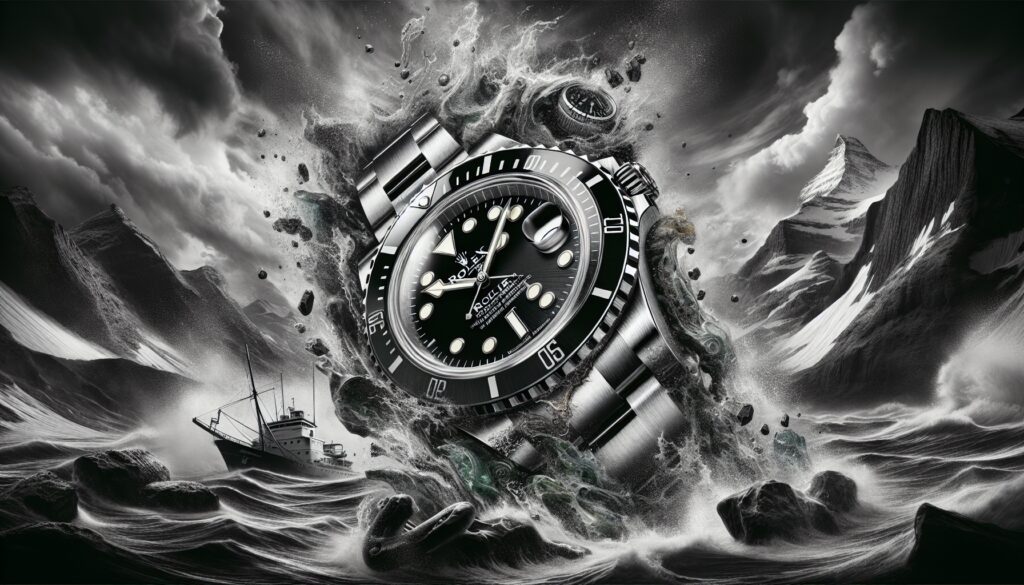
Additionally, assessing the condition of a watch is vital. Factors such as scratches, wear on the movement, and the functionality of the watch can all impact its overall value. Buyers should be prepared to ask questions and request documentation regarding the watch’s service history and previous ownership. It’s also wise to consider the age of the watch; older models may have more wear but can also carry historical significance that enhances their value. Understanding the market trends and how they affect the desirability of certain models can give buyers an edge in negotiations.
Spotting Counterfeits and Replicas
Spotting a counterfeit watch can be challenging, especially for those who are new to the luxury watch market. However, there are several key indicators that can help in identifying a fake. First, examine the weight of the watch; authentic luxury watches are typically heavier due to the high-quality materials used in their construction. A watch that feels unusually light may indicate the use of inferior materials, which is a common trait of replicas.
Next, pay attention to the details. Genuine luxury watches have precise engravings and high-quality finishes. If the watch appears poorly made or has inconsistencies in branding, it may be a replica. Additionally, researching the specific model and its unique features can provide insight into what to look for when assessing authenticity. For instance, many luxury watches have specific movement types that can be checked by a professional. Using a loupe to inspect the movement through the case back can reveal a lot about the watch’s authenticity and craftsmanship.
Evaluating Watch Condition and Service History
Evaluating the condition of a pre-owned luxury watch involves a careful examination of both its exterior and internal components. Look for signs of wear, such as scratches on the crystal or case, and assess the condition of the strap or bracelet. A well-maintained watch will show minimal signs of wear and tear. It’s also important to check for any irregularities in the watch’s functionality; for example, ensure that the crown operates smoothly and that the watch keeps accurate time.
Service history is another critical factor to consider. A watch that has been regularly serviced by an authorized dealer is likely to be in better condition than one that has not. Requesting documentation of previous services can provide reassurance regarding the watch’s maintenance and longevity. Moreover, some luxury brands offer warranties that can be transferred to new owners, adding an extra layer of security to your purchase. Understanding the implications of service intervals and what they mean for the watch’s performance can help buyers make informed decisions, ensuring that they invest in a timepiece that will stand the test of time.
Making a Smart Purchase Decision
Making a smart purchase decision involves more than just finding the right watch; it requires careful consideration of the seller and the overall buying experience. Whether purchasing from a private seller or a reputable dealer, understanding the nuances of the transaction can help ensure a positive outcome.
Buyers should conduct thorough research on the seller, checking reviews and testimonials from previous customers. A reputable seller will be transparent about the watch’s condition, history, and any potential issues. This transparency is crucial for building trust and making an informed decision.
Private Sellers
Buying from a private seller can offer unique advantages, including lower prices and the opportunity to negotiate directly. However, it also comes with risks. Private sellers may not always provide the same level of assurance as established retailers, so buyers should approach these transactions with caution.
When considering a purchase from a private seller, it is essential to ask for detailed photographs and descriptions of the watch. Additionally, requesting to meet in a public place or at a watch specialist can provide an added layer of security. Always trust your instincts; if something feels off, it may be best to walk away.
Negotiation Strategies and Post-Purchase Protection
Negotiation is a critical skill when purchasing a pre-owned luxury watch. Buyers should be prepared to discuss the price and any concerns regarding the watch’s condition. Researching comparable models can provide leverage in negotiations, allowing buyers to make informed offers.
Post-purchase protection is equally important. Buyers should inquire about return policies and warranties. A reputable dealer will often offer some form of guarantee, providing peace of mind in case of any issues that may arise after the purchase. Understanding these terms can help buyers feel more secure in their investment.
R&J Jewelry and Loan – Luxury Watch Experts

For those seeking expert guidance in the pre-owned luxury watch market, R&J Jewelry and Loan stands out as a trusted resource. With a reputation for excellence and a deep understanding of luxury timepieces, R&J offers a curated selection of pre-owned watches from renowned brands such as Rolex, Patek Philippe, Audemars Piguet, and Omega. Their inventory is carefully vetted for authenticity and quality, ensuring that customers receive nothing less than the best.
What truly sets R&J apart is their in-house watch expert, who brings years of experience in evaluating, authenticating, and servicing luxury timepieces. Whether you’re looking to invest in a rare collector’s piece, purchase your first high-end watch, or trade in an existing timepiece, their expert provides invaluable insight to help you make an informed decision. From assessing movement precision to verifying serial numbers and original parts, R&J’s expertise guarantees that every watch meets the highest standards.
Beyond luxury watches, R&J Jewelry and Loan is also a premier destination for gold, fine jewelry, diamonds, and other high-end luxury items. Whether you’re searching for an exquisite diamond ring, a solid gold chain, or a one-of-a-kind vintage piece, their collection offers unmatched value at a fraction of retail prices. With a commitment to transparency and customer satisfaction, R&J Jewelry and Loan provides a luxury shopping experience without the luxury markup.
Buying a pre-owned luxury watch can be a rewarding venture when approached with the right knowledge and confidence. By understanding the market, conducting thorough checks, and making informed decisions, buyers can enjoy the beauty and craftsmanship of luxury timepieces while securing a valuable investment.
